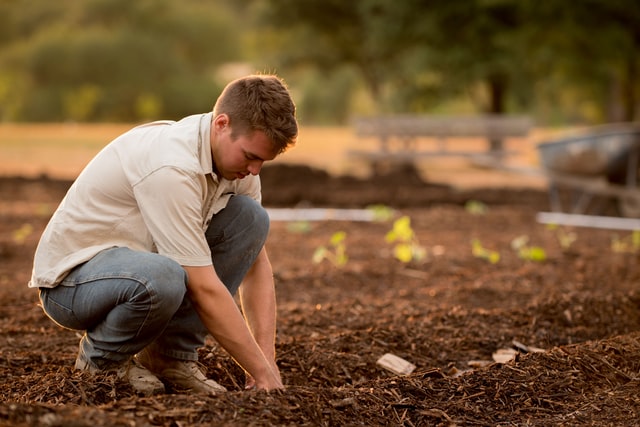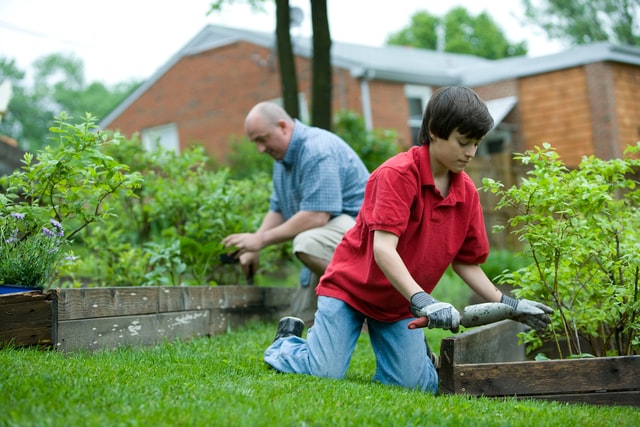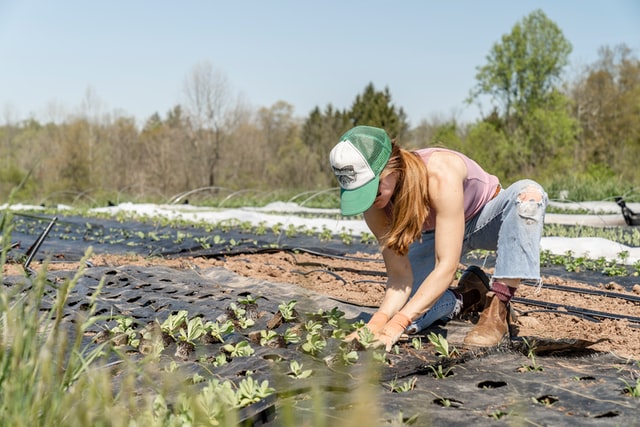How Geotextile Works
A geotextile fabric greatly extends the life of a gravel, bark, or other loose surface, since it prevents chips from eventually becoming incorporated into the soil or subbase. It makes a light-excluding layer that helps prevent the germination of weed seeds. Because it is permeable to water and air, it does not deprive the soil and plant roots beneath of vital oxygen and moisture as black plastic does; neither does it allow the accumulation of surface water. Applications of fertilizer will be washed down to plant roots. Geotextile also offers the additional benefit of keeping plant roots cool in summer and reducing the depth of freezing in winter.
Plants For Gravel
Gravel drains freely and reflects light and heat, so choose plants that thrive in these conditions. Drought-tolerant plants, such as silver-leaved plants from the Mediterranean, are ideal.
Rapid drainage also makes gravel an ideal home for robust alpines. Like plants that prefer dry conditions, these may succumb to winter moisture. Gravel is a perfect foil for architectural plants.
Choice Plants
Plants with silvery leaves, such as this group of Verbascum, thrive in gravel; their foliage, especially if felted or hairy, is seen at its best-unsullied by soil and rain splash. The outlines of spiky architectural plants, such as those of many grasses and Phormium, stand out beautifully. Self-seeding plants such as fennel (Foeniculum) lend informality; be ruthless about pulling out unwanted seedlings, or cut off heads before seeds can disperse.
Good Choices For Gravel
For Informal Plantings
Anthemis tinctoria
Centranthus ruber (valerian)
Dictamnus albus
Dryas octopetala, D. drummondii
Foeniculum vulgare ‘Purpureum’ (bronze-leaved fennel)
Hyssopus officinalis(hyssop)
Lavandula (lavender), many
Lychnis coronaria
Origanum laevigatum
O.vulgarae
salvia officinalis (sage)
For Architectural Impact
Acanthus spinosus
Agapanthus, many
Allium, many
Cynara cardunculus (cardoon)
Eremurus robustus
Eryngium, many
Euphorbia, many
Onopordum acanthium
Phormium, many
Verbascum bombyciferum,
V. ‘Cotswold Queen’, V.olympicum
Yucca flaccida, Y. gloriosa





